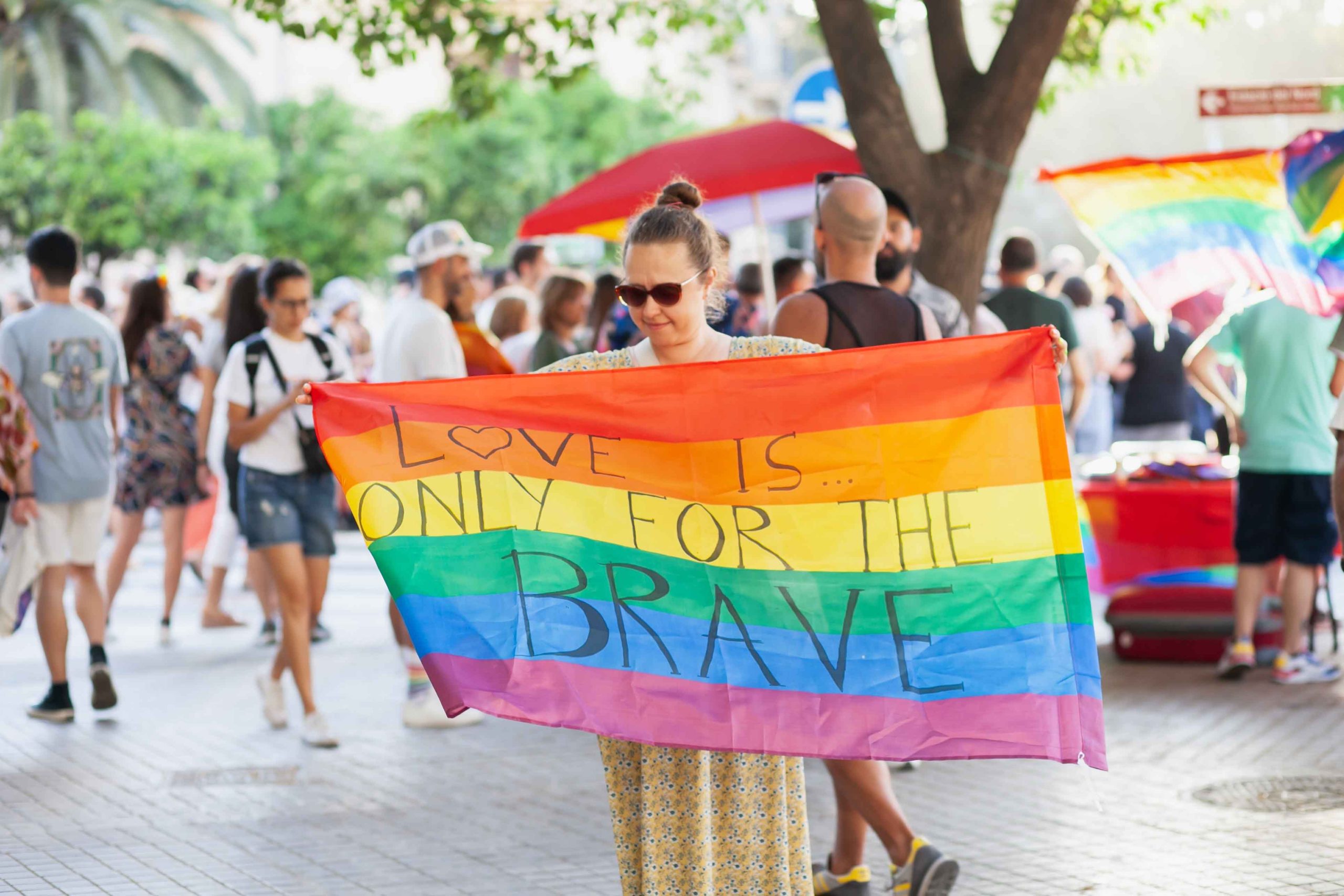To combat inequalities, it is essential to build scientific approaches with minorities in mind. Thus, beyond the existence of laws that look after the interests of disadvantaged communities, researchers and health professionals must be aware of the impact their work has on such communities and use that knowledge to promote equality. While there are different views on how to support unequal groups – for example, London (2008) argues for the importance of giving a voice to those we want to help in order to avoid paternalism – I believe that, whatever perspective we adopt, it is essential to know the reality of the groups whose rights we want to preserve. Therefore, I will elaborate here on the conditions of sexual minorities and how they affect their psychological wellbeing.
Discrimination, stress and psychological health
Sadly, the unfavorable social environment that sexual minorities experience in around the world can be an important source of stress. In Spain, the latest report carried out by the Ministerio de interior (Department of Internal Affairs) on hate crimes reflects that 530 hate crimes motivated by homophobia and transphobia were registered in 2021. Assault and hate speech incidents motivated by the victim’s sexual orientation or gender identity have been on the rise in recent years and make up 25.86% of all hate crimes recorded in Spain in 2021.

Moreover, although an adverse social environment leads to increased stress for everyone (Dohrenwend, 2000), there are key components that differenciate the stress that minorities suffer due to the discrimination they face. Thus, and with the aim of diferenciate the kind of stress that only minorities face (whether racial, sexual or otherwise) and based on several works in social psychology and sociology, Psychiatrist Ilan Meyer (1995, 2003) developed the Minority Stress Model, which explains that minorities are exposed to certain aditional stressors (minority stressors) that the rest of the population does not face.
For Meyer (2003), minority stress is characterized by the following characteristics:
- Unique: it is different from other stressors to which non-stigmatized people are exposed.
- Social: it originates in social structures, processes and institutions over which the affected individual has no control.
- Chronic: it is linked to relatively stable social structures over time.
The minority stressors that Meyer (1995, 2003) considers specific to sexual minorities are: internalized homophobia, experiences of discrimination or violence, perceived stigma and concealment of sexual orientation.
Perceived stigma consists of expectations of rejection and discrimination, which facilitate the emergence of feelings of alienation and fear, as well as heightened vigilance of both the environment and one’s own behavior, which requires a great deal of energy (Allport, 1954; Cohen et al., 1986). Thus, sexual minorities face both acute stressors (experiences of violence) and other stressors of a more subtle nature (perceived stigma).
There is a robust causal association between the presence of stress and the occurrence of Major Depression episodes, supported by a large body of research on the effect on health of both stressful life events (Hammen, 2005) and stressors (Mazure, 1998); Mazure, 1998) as well as continuous and repetitive stressors, which can have a cumulative effect (Juster, McEwen & Lupien, 2010) that can become as harmful as the stress peaks produced by particularly stressful life events (Rojo-Moreno, Livianos-Aldana, Cervera-Martinez, Dominguez-Carabantes & Reig-Cebrian, 2002).

To explain the long-term consequences of discrimination, Pearlin and colleagues (1997, 2005) coined the concept of «stress proliferation», which refers to a causal chain of stressors. This model assumes that after the direct effects of a stressor may have disappeared, the mere exposure to that stressor may have favored the appearance of new ones that do not go away at the same time as the initial stressor. Along the same lines, Hatzenbuehler (2009) states that the higher levels of stress to which sexual minorities are exposed favor the appearance of interpersonal problems, emotional dysregulation and dysfunctional cognitive processes. In turn, these problems and processes mediate the relationship between minority stress and the emergence of psychopathology. Thus, exposure to discrimination-related stressors not only favors the emergence of new stressors, but may affect the way in which the individual copes with new ones.
Minority Coping
Authors such as Savin-Williams (2008) have criticized that the Minority Stress Model has led some researchers to focus excessively on the discrimination suffered by stigmatized groups and to ignore the coping mechanisms and social support available to minorities. Although people with a non-normative sexual orientation experience higher levels of stress and this may translate into a significant increase in psychological distress, we need to pay attention to the protective factors that might atenuate the effects of minority stress, such as a strong group identity (Schmitt, Branscombe, Postmes & Garcia, 2014), minority coping, or even that in those exposed to relatively low levels of minority stress continued exposure to stress reduces the likelihood that a traumatic event will trigger major depression (Cairney, Boyle, Offord & Racine 2003). In addition, identifying as part of a minority may influence the effect of new stressors depending on the relationship the person has with that part of his or her idendity and the level of integration this identity has with the person’s other identities (Thoits, 2013).
Among the factors previously mentioned, Jones (1984) studied «minority coping,» which is the ability of minorities to create empowering structures that help combat the stigma they suffer. The resources that a minority has for coping with discrimination can be classified into individual and group resources, although the difference between the two is not clearly delineated. Individual resources are, for example, those that depend on an individual’s personality, and group resources are those that act at the societal level.
Affiliation among people within a minority group:

- Enables access to social environments without prejudice against them for belonging to this minority, resulting in lowered expossure to stressors compared to other contexts.
- Access to stronger social support when faced with prejudice.
- Allows individuals with a strong group identity to self-evaluate by comparing themselves with people from their own group instead of people from the dominant culture (Pettigrew, 1967).
- Can facilitate the reappraisal of a stressful situation, reducing its harmful effect on the individual's psychological well-being because the group tends to validate the experiences and feelings of their members. In fact, this reappraisal is the cornerstone of psychological therapies that seek to empower those who belong to discriminated groups.
About the author
Jorge Jiménez Castillo is a psychologist at SINEWS, where he practices in English and Spanish. He works daily with local and international populations and has a long history of studying the reality of the LGTBIQ+ community in and out of the clinic. He works from a cognitive-behavioral approach with evidence-based interventions and believes that in order to provide quality psychological care one must be aware of the inequalities that intersect with users and explore how they intersect with each other.
Division of Psychology, Psychotherapy and Coaching
Psychologist
Adults and adolescents
Languages: English and Spanish

